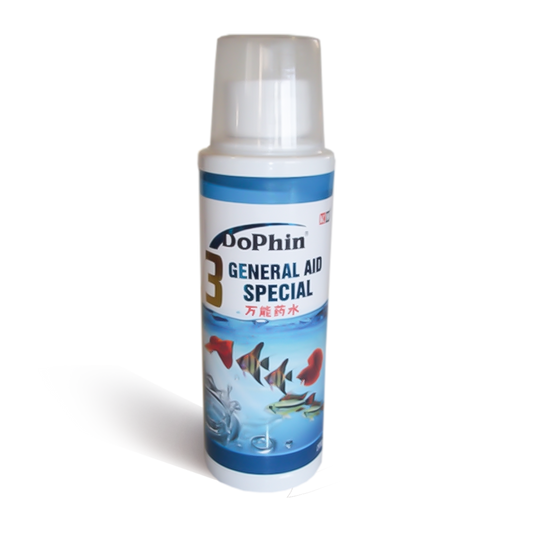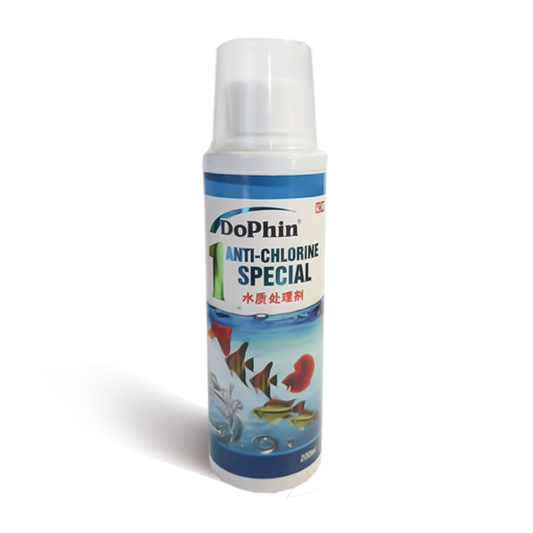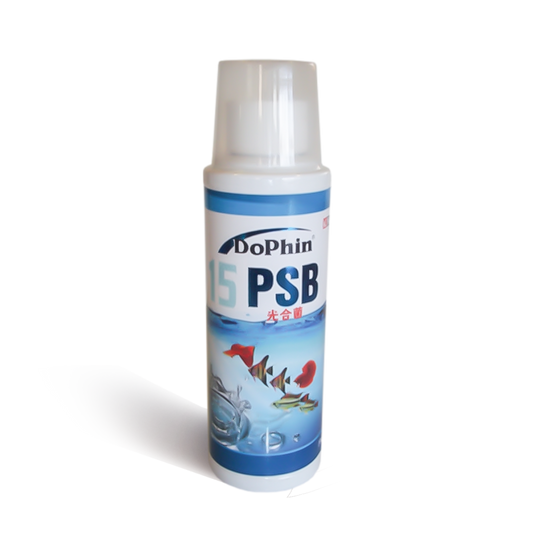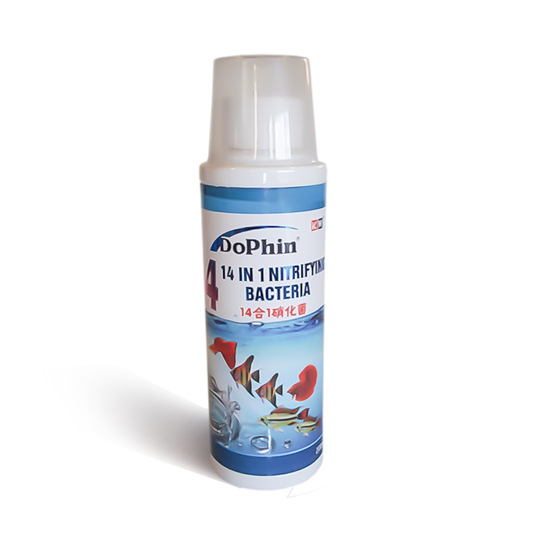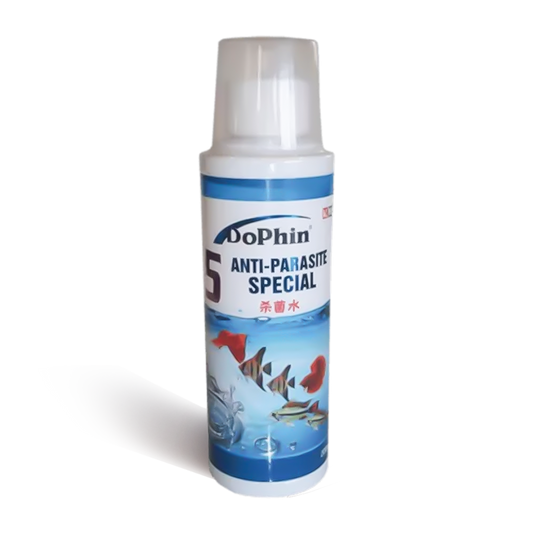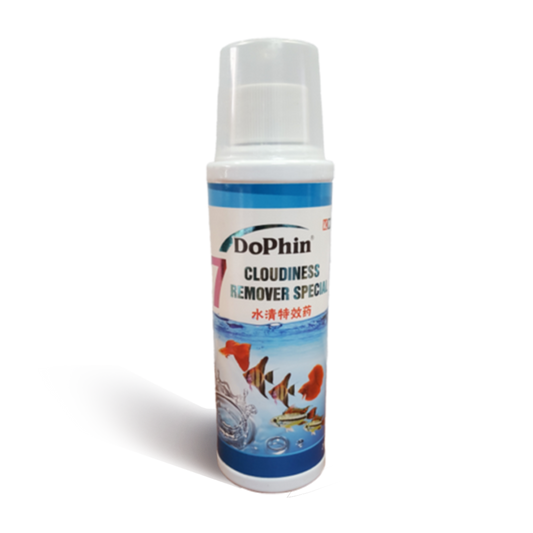Signs Your Fish Have White Spot (Ich)

Here's how to identify a white spot infestation and when to treat your aquarium with white spot and parasitic fish disease medicine:
Signs Your Fish Have White Spot (Ich):
- Tiny White Spots: The most obvious sign is the presence of small white dots (usually 0.5-1mm) on the body, fins, and gills of your fish. These are cysts containing the parasite.
- Flashing: Fish may rub against tank decorations or rocks trying to scratch themselves due to irritation from the parasite.
- Clamped Fins: Fish might keep their fins clamped tightly to their bodies.
- Loss of Appetite and Lethargy: Infected fish may become less active and stop eating.
- Rapid Breathing: Fish may breathe heavily at the water surface due to gill irritation.
When to Treat:
Act quickly! White spot is highly contagious and can be fatal if left untreated. Here's when to take action:
- Spotting Even One Fish: Don't wait for a full-blown outbreak. Treat as soon as you see a single fish with white spots.
- Sudden Increase in Spots: If you notice a rapid increase in the number of spots on your fish, immediate treatment is crucial.
- Fish Behavior Changes: Any signs of flashing, clamped fins, lethargy, or breathing issues alongside white spots necessitate treatment.
Treatment Options:
Several white spot and parasitic fish disease medications are available DoPhin® #2 . The best choice depends on factors like the specific parasite and your tank setup.
Here are some general steps for treatment (always follow the specific instructions on the medication you choose):
- Remove Chemical Filtration: Some medications can be rendered ineffective by carbon filters. Remove them during treatment (consult the medication instructions).
- Raise Water Temperature: Slightly increasing the tank temperature can accelerate the parasite's life cycle, making them more susceptible to medication. Follow medication guidelines for the recommended temperature increase.
- Dose According to Instructions: Carefully measure and add the medication to your tank as directed.
- Monitor Water Parameters: Monitor ammonia, nitrite, and pH during treatment as some medications can impact them.
- Maintain Water Changes: Continue with regular water changes during treatment to remove parasites and maintain water quality.
- Repeat Treatment (if necessary): Some medications require multiple doses at specific intervals to ensure complete eradication of the parasite.
Prevention is Key:
- Quarantine New Fish: Always quarantine new fish for several weeks before introducing them to your main tank to prevent them from introducing diseases.
- Maintain Good Water Quality: Regular water changes and proper tank maintenance help reduce stress on fish and create a less hospitable environment for parasites.
- Healthy Diet: A nutritious diet keeps your fish healthy and better equipped to fight off infections.
Remember: By recognizing the signs of white spot and taking prompt action with appropriate medication, you can effectively treat your fish and maintain a healthy aquarium environment. Remember, consult Petprovo's website or a qualified aquarium specialist for specific advice on choosing the right medication and treatment protocols for your situation.
DoPhin® #4
-
DoPhin® #3 Aquarium All-in-One Care: Treat Multiple Fish Diseases Instantly 200ml
Vendor:DoPhinRegular price R 79.00Regular priceR 0.00Sale price R 79.00 -
DoPhin® #1 Anti-chlorine: Instantly Neutralize Chlorine & Heavy Metals 200ml
Vendor:DoPhinRegular price R 71.00Regular priceR 0.00Sale price R 71.00 -
DoPhin® #15 PSB Advanced Bio-Clean Formula for Crystal Clear Aquariums 200ml
Vendor:DoPhinRegular price R 128.00Regular priceR 0.00Sale price R 128.00 -
DoPhin® #14 -in-1 Aquarium Bacteria Booster & Conditioner 200ml
Vendor:DoPhinRegular price R 128.00Regular priceR 0.00Sale price R 128.00 -
DoPhin® #5 Aquarium Anti-Parasite Treatment - Broad-Spectrum Formula 200ml
Vendor:DoPhinRegular price R 143.00Regular priceR 0.00Sale price R 143.00 -
DoPhin® #7 Crystal Clear Aquarium Cloudiness Remover Solution #7 200ml
Vendor:DoPhinRegular price R 143.00Regular priceR 0.00Sale price R 143.00

